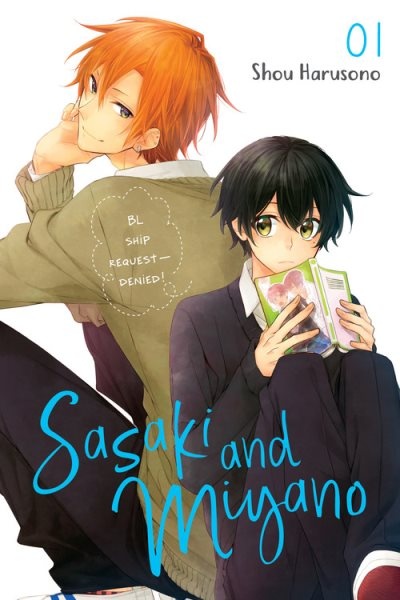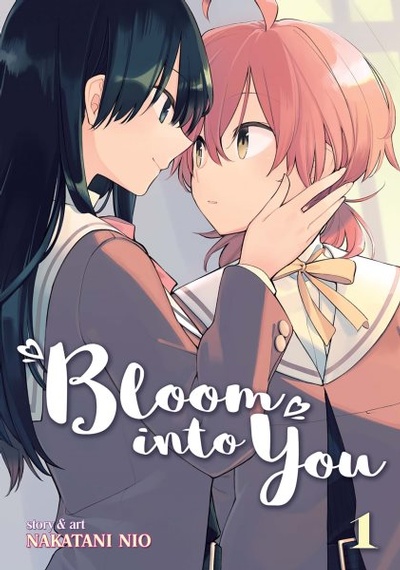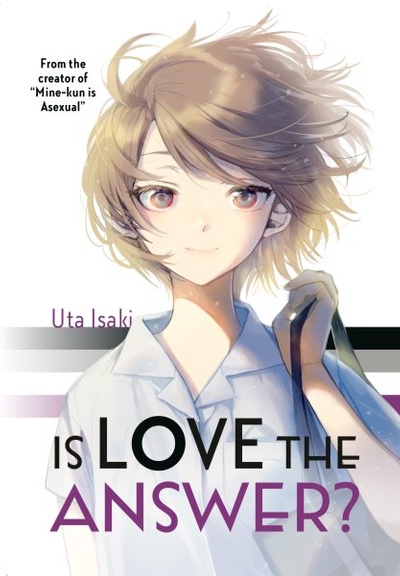In our previous Manga 101 installment, we covered romance manga. This time, we’ll take a look at two subgenres of romance manga (BL and GL), as well as some non-romantic LGBTQ+ manga.
BL
BL is an abbreviation for Boys’ Love; the terms shonen ai and yaoi are also used to refer to this genre of manga. BL focuses on stories about boys falling in love (with each other). Traditionally, BL falls under the umbrella of shojo or josei manga, which means it’s written for an intended audience of women, usually by women (for a refresher on manga demographic categories, check out this previous blog post). BL is similar in content but historically separate from the gay manga (also known as gei komi, from “gay comics”) genre of homoerotic content aimed at an audience of and written by gay men. BL as we know it today first emerged in the 1970s, most prominently in the work of the influential generation of shojo manga artists known as the Year 24 Group. The simultaneous rise of doujinshi (fan-made works) culture also helped popularize the genre; that popularity has continued to grow over the ensuing decades, and BL is now a well-known genre even outside the world of manga in non-Japanese comics, novels, TV shows, movies, and more.
GL
GL is an abbreviation for Girls’ Love, also frequently referred to as yuri. GL is a genre focusing on romantic relationships between girls. Contemporary GL has its roots in the early 20th century Class S genre of novels, which focused on intimate but platonic relationships between school-aged girls. Much like BL, GL manga as we know it today first emerged in the work of 1970s shojo manga artists; however, unlike BL, GL today is not associated with any particular demographic category — GL works are found in shojo, josei, shonen, and seinen magazines. Though early GL works were frequently doomed romances, by the 1990s less tragic types of GL stories began to emerge and become more mainstream (for example, the romantic relationship between Sailor Uranus and Sailor Neptune in the hugely popular series Sailor Moon). Today, GL stories have continued to grow in thematic diversity and popularity.
Other Queer Stories
Of course, romance isn’t the only genre of manga that highlights queer stories. There are quite a few autobiographical manga that discuss queer experiences, as well as fictional stories that center queer characters in a realistic way. Just like BL and GL, stories about queer characters of all types can be found in the trailblazing shojo manga of the 1970s — for example, check out the 1978 manga Claudine for one of the first transgender protagonists in manga. Today, there are more stories than ever that feature queer protagonists, as well as stories written by queer manga artists. Manga titles like Boys Run the Riot, Is Love the Answer?, Our Dreams at Dusk, I Think Our Son Is Gay, and My Lesbian Experience with Loneliness all feature queer protagonists and are written by authors who are gay, lesbian, X-gender, asexual, and/or trans.
Want to check out some of these genres for yourself? Take a look at this list of BL, GL, and other queer titles available at the Free Library.
Have a question for Free Library staff? Please submit it to our Ask a Librarian page and receive a response within two business days.



